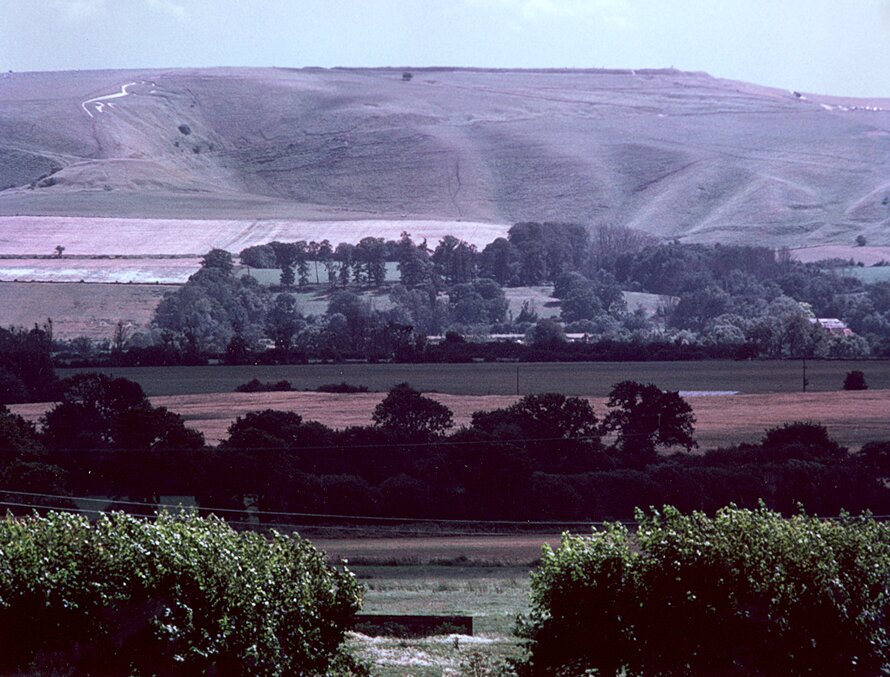New Car Park, White Horse Hill, Uffington
Creation of a well sited car park near White Horse monument, invisible from there. Recreation of downland grass for public use to remove pressure from tourists in small area, which was causing physical erosion of the monuments Uffington Castle and White Horse. The new car park ...
Read more
Project details
Description:
Creation of a well sited car park near White Horse monument, invisible from there. Recreation of downland grass for public use to remove pressure from tourists in small area, which was causing physical erosion of the monuments Uffington Castle and White Horse. The new car park now serves the public, the existing one was reduced and could be only used by disabled. The grass land for public use was extended to 230 acres.
Similar projects
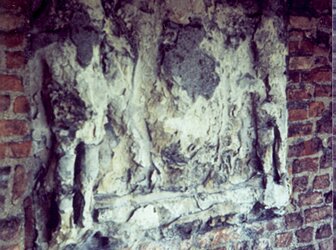
CONSERVATION and ADAPTIVE REUSE
Trinity College Restoration Programme 1968 - 1991, Cambridge
United Kingdom
14th century
14th century
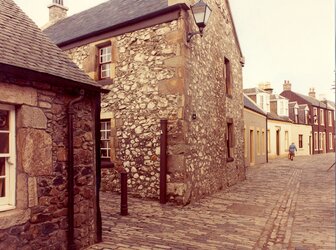
CONSERVATION and ADAPTIVE REUSE
Glasgow Vennel, Irvine
United Kingdom
Middle Ages
Middle Ages
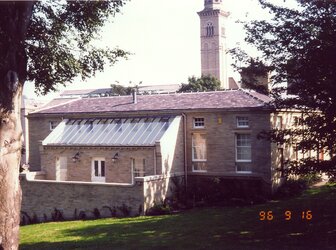
CONSERVATION and ADAPTIVE REUSE
Saltaire Model Village
United Kingdom
19th century
19th century

CONSERVATION and ADAPTIVE REUSE
Conservation of 16th Century Hamlet “Little Virginia”,…
United Kingdom
16th-18th century
16th-18th century
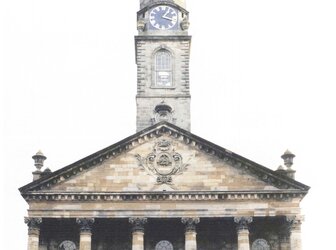
CONSERVATION and ADAPTIVE REUSE
St Andrew's in the Square, Glasgow
United Kingdom
18th century
18th century
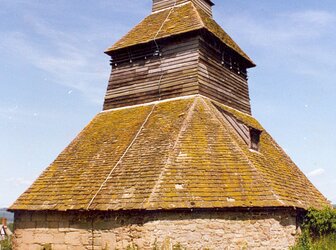
CONSERVATION and ADAPTIVE REUSE
St. Mary's Church Bell Tower, Pembridge
United Kingdom
13th century
13th century
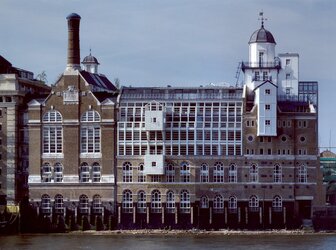
CONSERVATION and ADAPTIVE REUSE
Anchor Brewhouse, London
United Kingdom
19th century
19th century
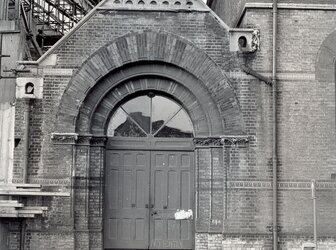
CONSERVATION and ADAPTIVE REUSE
The Corn Exchange, Cambridge
United Kingdom
19th century
19th century

CONSERVATION and ADAPTIVE REUSE
Gas Court Complex, Culzean Country Park-Maybole
United Kingdom
19th century
19th century
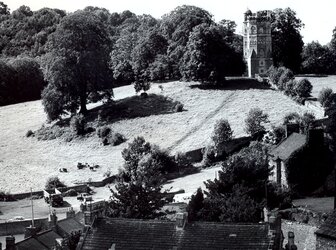
CONSERVATION and ADAPTIVE REUSE
The Culloden Tower, Richmond
United Kingdom
18th century
18th century

CONSERVATION and ADAPTIVE REUSE
Mourne Homesteads, Northern Ireland
United Kingdom


CONSERVATION and ADAPTIVE REUSE
New Concordia Wharf, London
United Kingdom
19th century
19th century
